
This month, the U.S. power grid faced a historic test. Record heat hit 102°F (39°C) at JFK Airport, the hottest June day in New York since 1966. More than 12,000 Con Edison customers lost power, while PJM Interconnection, powering one-fifth of Americans, saw demand surge to 158.5 gigawatts. It wasn’t just a bad summer day. It was a collision of aging infrastructure, rising temperatures, and surging electrification.
From Brooklyn to Cleveland, Americans learned that our century-old power grid can’t keep up. And as the heat builds, the pressure on this outdated system is only going to get worse.
Just Three Degrees Can Tip the Grid

The shift from 99°F to 102°F (37°C to 39°C) may not sound drastic, but the impact on the grid is exponential. On June 24, Central Park hit 99°F, and the grid held. The next day, JFK reached 102°F, and the grid buckled. Air conditioning demand spikes by 2–4% for every degree above 95°F.
PJM Interconnection, which serves 65 million people, saw its highest demand since 2013. But the problem goes deeper. Most transformers and lines were built in the 1960s, before today’s climate extremes. The system isn’t built to scale with this kind of heat, and the costs are just beginning.
Electricity Prices Soared 5x in 24 Hours
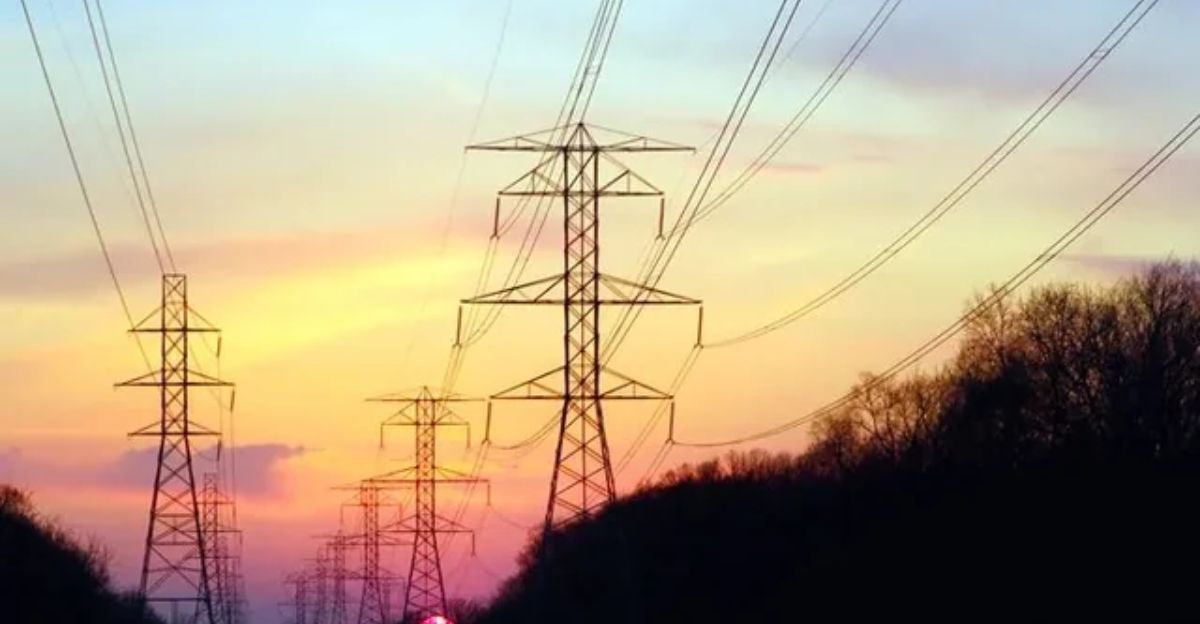
On June 23, electricity prices in the PJM grid hovered around $40 per megawatt-hour. By the next day, they’d exploded to $200, a fivefold jump that forced some factories offline. It wasn’t market speculation. It was physics and demand slamming into a supply ceiling.
As Gary Cunningham of Tradition Energy explained, a “swath of heat” from the central U.S. to New York unleashed chaos. East Coast states endured the worst of it, with spiking, unpredictable prices.
This volatility signals more than just a hot summer, it’s a market flashing red over a power grid approaching collapse. Next comes the human toll.
When AC Fails, People Die
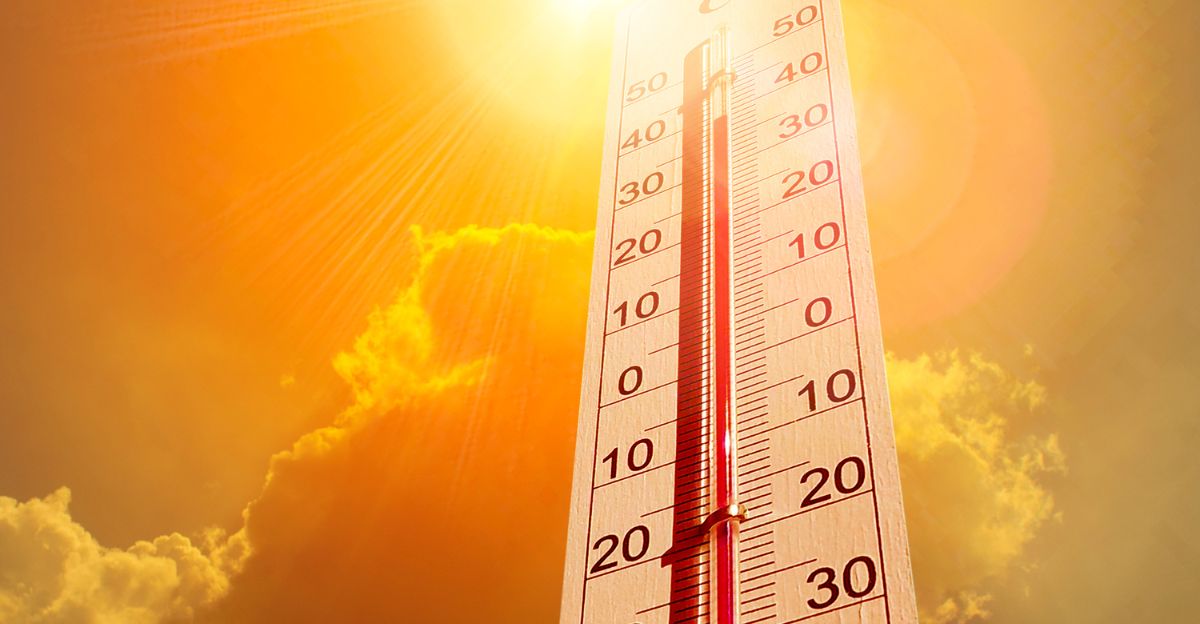
In Maricopa County, Arizona, heat killed 645 people in 2023, a 52% increase from the year before. That’s the reality when electricity disappears during a heat wave.
A study in Environmental Science & Technology found that blackouts in major U.S. cities during extreme heat double mortality rates. In Phoenix, over half the population could need medical help in such an event. The most vulnerable, seniors, kids, those with chronic illness, face the greatest risk.
This June, a 55-year-old Shauna Thomas died in St. Louis after three days without air conditioning. Grid failure in summer isn’t an inconvenience. It’s a cascading medical emergency.
Data Centers Are Quietly Overloading the Grid

While everyone talks about heat, there’s another silent threat taking a toll on the grid: data centers. The U.S. Energy Information Administration says national electricity demand will jump from 4,097 billion kilowatt-hours in 2024 to 4,193 billion this year, mostly from AI and crypto. By 2030, we’ll use more power on data than steel, cement, and aluminum combined.
In Northern Virginia, PJM is already feeling the surge. And training a single large AI model can consume as much energy in weeks as hundreds of homes use in a year. This digital demand isn’t years away, it’s surging now. And it’s tightening the screws on an already stressed system.
Power Outages Are Up 60%—And Rising
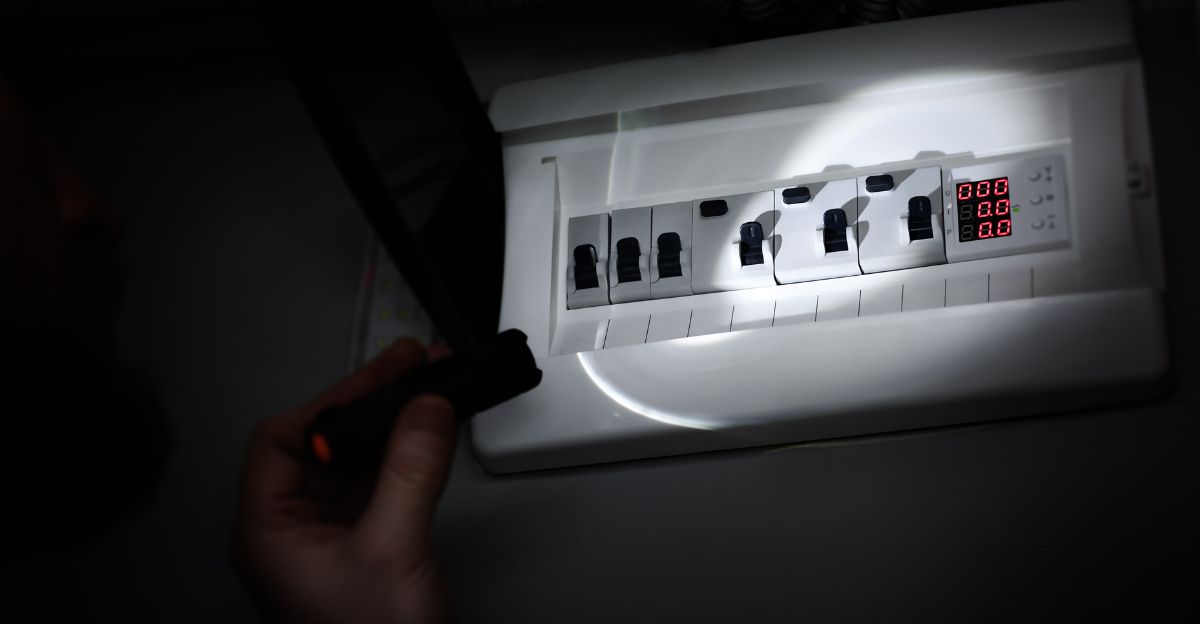
America saw 60% more summer-season blackouts from 2014–2023 compared to the 2000s. Every degree of warming increases the risk of outages by 0.1%. Every extra day of heat raises the chance by 0.5%. Texas and Michigan lead in total outages, but the South and Northeast are seeing sharp increases too. On top of that, outage durations have nearly doubled.
Heatwaves also boost outage length by as much as 8%. These numbers reveal the storm we’re in: hotter summers, weaker infrastructure, and no room left for error. The system is breaking.
The Grid Is Too Old for This Crisis
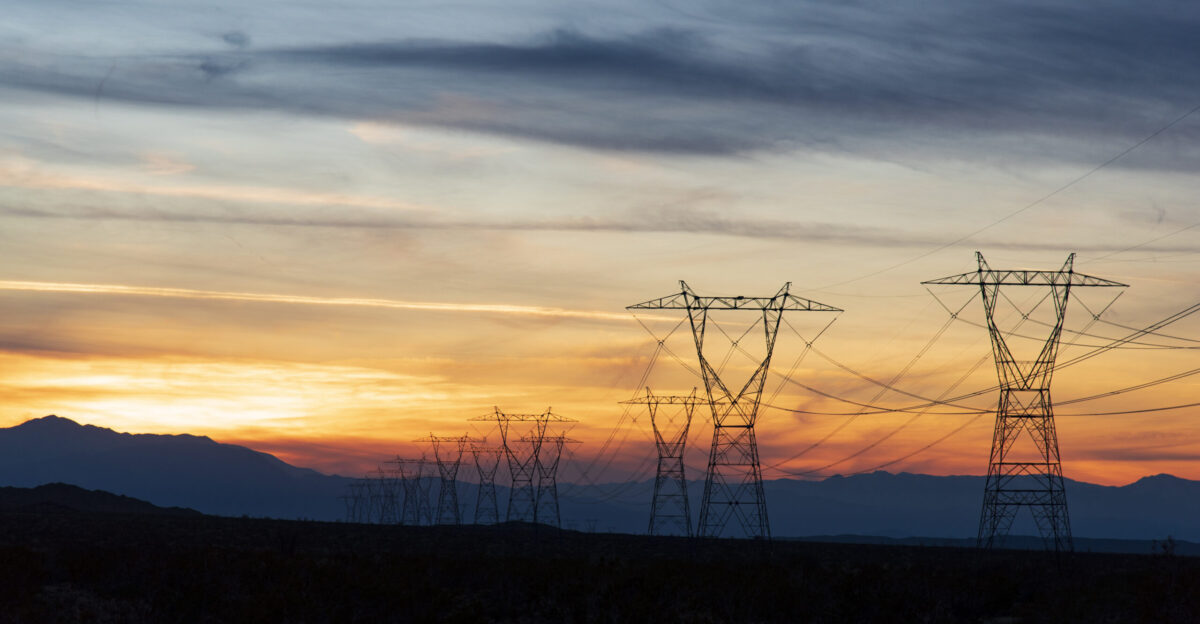
Over 70% of U.S. transmission lines are more than 25 years old. The average transformer is over 40. These systems were built when demand was lower and summers weren’t as brutal. The American Society of Civil Engineers gave the energy sector a D+ grade in 2025, citing aging systems and soaring demand. Between 2013 and 2021, average power outages stretched from 3.5 hours to over seven.
While $3.5 billion in federal funds is earmarked for upgrades, experts say it’s a fraction of what’s needed. We’re asking a mid-century grid to power an AI-driven, climate-changed world—and it’s cracking under the strain.
Grid Operators Sound the Red Alert
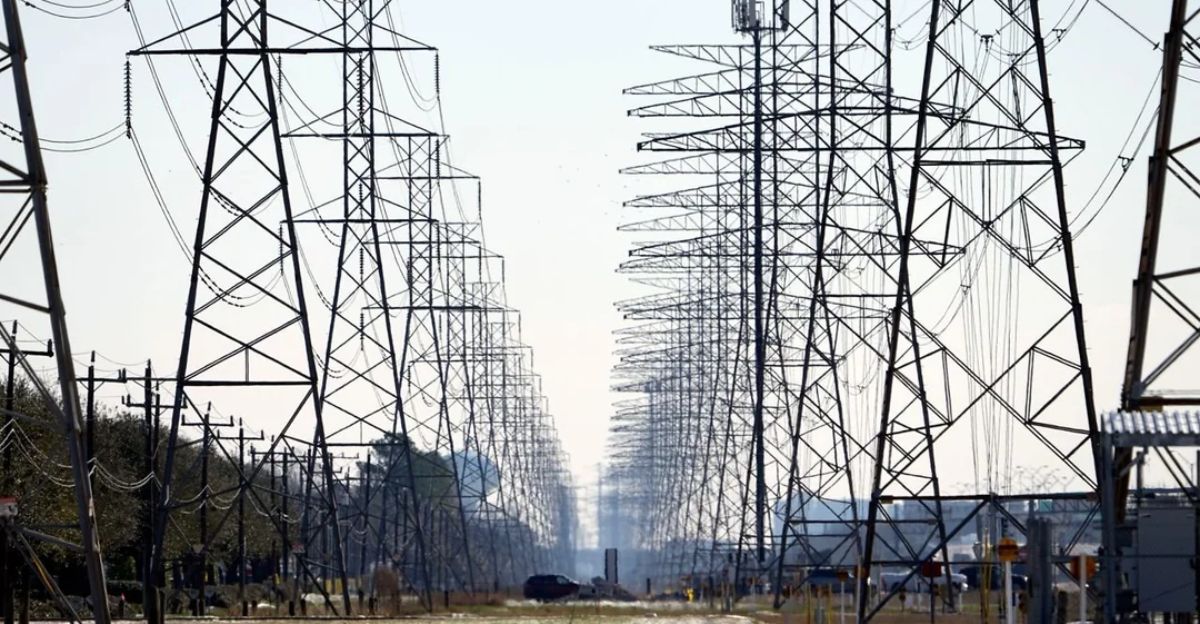
NERC’s 2025 Summer Reliability Assessment reads like a red-alert memo. Peak electricity demand will rise by 10 gigawatts, double last year’s increase. And while 30 gigawatts of solar and 13 gigawatts of batteries are coming online, they can’t fully replace aging fossil fuel plants.
Regions like Texas (ERCOT), the Midwest, and parts of the West face the highest risk of shortfalls. And when the sun sets, solar output crashes just as demand stays high. Generators are retiring faster than replacements arrive. NERC warns that widespread heat, low wind, and transmission limits could create a perfect storm. The worst-case scenario is near.
76 Degrees Becomes an Act of Survival

On June 24 and 25, New York Governor Kathy Hochul pleaded with residents: set your AC to 76°F and avoid major appliances. Con Edison cut voltage by 8% in Queens to hold the grid together. At the same time, utilities from Ohio to Pennsylvania issued similar calls. The New York grid was at the brink.
This year, America’s most advanced cities are resorting to conservation pleas just to avoid system failure. This is no longer about comfort, it’s about keeping the lights (and lives) on. But there’s one final problem that connects all of this.
The Real Crisis Is Everything, All at Once

It’s not just one thing. Climate change, crumbling infrastructure, rising A.I. demand, and solar-reliant grids are colliding. EVs are adding pressure. Data centers are spiking demand. And extreme weather is becoming routine.
This is the new normal, and June is only showing us a preview. America’s grid isn’t ready for what’s coming, and the consequences are already knocking on the door.







